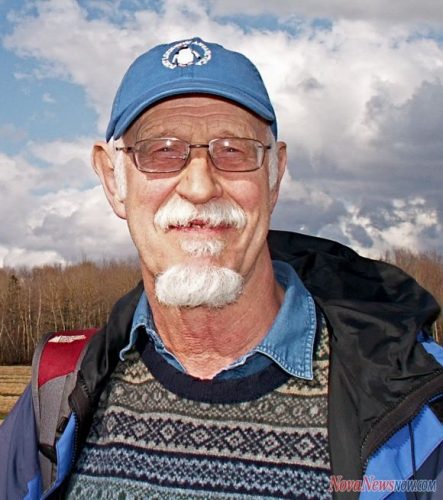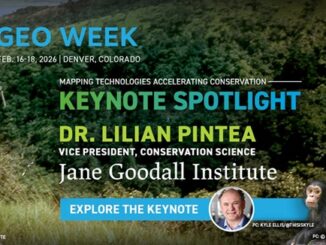The full title of Ted Chamberlin’s 2003 book is ‘If this is your land, where are your stories ? Finding Common Ground ‘. This title comes from a Gitksan story told to Chamberlin by Peter Usher. In that same year, Usher published a paper in the Canadian Geographer, reflecting on aboriginal land claims in Canada.
The phrase ‘finding common ground’ refers to the need to reconcile the indigenous view of the land and the settler (European) view of the land. A similar perspective can be found in the work of anthropologist Hugh Brody, and his application of the land use and occupancy method.
This Summer, the Canadian Geomatics Community Round Table (CGCRT) announced the formation of GeoAlliance Canada, “an umbrella organization, developed by the consensus of the community, addressing sector-wide strategic priorities by pooling the energy and resources of existing business, non-profit, education and government organizations.”
As an individual Geographer, I would encourage the GeoAlliance community to undertake projects that addresses the full geographic diversity of Canada and which encourage collaboration between indigenous people and settlers I.e. finding common ground.
To quote from Chamberlin:
‘Few (ceremonies) have been more problematic than the treaties entered into between aboriginal people and settler societies, which in their range represent every international agreement we have between people who have moved onto the land and those who claim it as their home.’
His answer to the question: if this is your land, where are your stories ?
“Well, we’ve got two stories: one is the chronicle of events how we came to be here; and the other is a ceremony of belief why we belong here. Both are true.”
Denholm, in his book ‘Ground Truthing’ adds the third perspective, the view from the ecosystem.
Imagine, for Haida Gwaii, if we had story maps which linked Betty Dalzell’s settler stories to a map. Imagine, if the Council of Haida Nation shared their stories of the land, applying GIS technology. For the ecosystem perspective, we have a good start in British Columbia with E-flora and E-fauna, organized by Brian Klinkenberg at UBC. After spending time with Andy Murray on Springtails (Collembola) it would be remarkable to extend our ecological understanding to include the forest soil ecosystems.
This broad, multi-layered approach, perhaps initiated on Haida Gwaii, could provide a wonderful tribute to the work and writing of Stan Rowe, renowned Canadian Forest Ecologist. The Geomatics community has access to the appropriate technology, are we sufficiently motivated to build the relationships, and apply it to ‘finding Common Ground’, along the lines found in the writings of Rowe, Denholm, Brody, Chamberlin, Saul and others ?

References:
Hugh Brody. 1981. Maps and Dreams. Douglas and McIntyre.
Hugh Brody. 2000. The Other Side of Eden: hunters, farmers and shaping the world. Douglas and McIntyre.
For more on Collembola, go to the web site collembola.org
Derrick Stacey Denholm. 2015. Ground Truthing. Reimagining the Indigenous Rainforests of BC’s North Coast. Caitlin Press.
E-Flora BC: Electronic Atlas of the Plants of British Columbia. ibis.geog.ubc.ca/biodiversity/flora/
E-Fauna BC: Electronic Atlas of the Fauna of British Columbia. ibis.geog.ubc.ca/biodiversity/fauna/
Edward Chamberlin. 2003. If this is your land, where are your stories ? Finding Common Ground. A.A.Knopf, Canada
Kathleen Dalzell. 1973. The Queen Charlotte Islands. Volume 2. Places and Names. harbour Publishing.
GeoAlliance Canada web site is at cgcrt.ca
Stan Rowe. 1990. Home Place: Essays on Ecology. NeWest Press.
Stan Rowe. 2006. Earth Alive: Essays on Ecology. NeWest Press.
John Ralston Saul. 2009. A Fair Country: Telling Truths about Canada. Penguin Books.
Peter J. Usher. 2003. Environment, race and nation reconsidered: reflections on aboriginal land claims in Canada. Can. Geog. 47(4) p. 365-382.





Be the first to comment